Preceded by Lazaro Cardenas Name Manuel Camacho Spouse(s) Soledad Orozco | Nationality Mexican | |
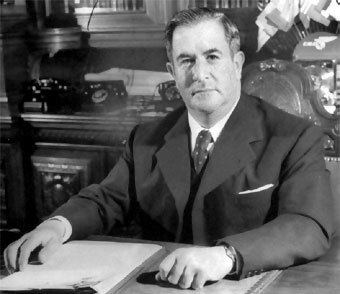 | ||
Died 13 October 1955(1955-10-13) (aged 58)Estado de Mexico, Mexico Political party | ||
Succeeded by Miguel Aleman Valdes | ||
Minibiograf a manuel vila camacho
Manuel Ávila Camacho ([maˈnwel ˈaβila kaˈmatʃo]; 24 April 1897 – 13 October 1955) served as the President of Mexico from 1940 to 1946. Although he did participate in the Mexican Revolution and achieved a high rank, he came to the presidency of Mexico because his direct connection to General Lázaro Cárdenas, as right-hand man, serving as his Chief of his General Staff during the Mexican Revolution and afterwards. He was called affectionately by Mexicans "The Gentleman President" (“El Presidente Caballero”). As president, he pursued "national policies of unity, adjustment, and moderation."
Contents
- Minibiograf a manuel vila camacho
- Manuel vila Camacho presidente de Mxico 1940 1946 Construccin Histrica
- Early life and education
- Military and early positions
- Church State conflict ends
- Domestic Policy
- Foreign Policy
- Later years and death
- References

Manuel Ávila Camacho, presidente de México (1940-1946). Construcción Histórica.
Early life and education
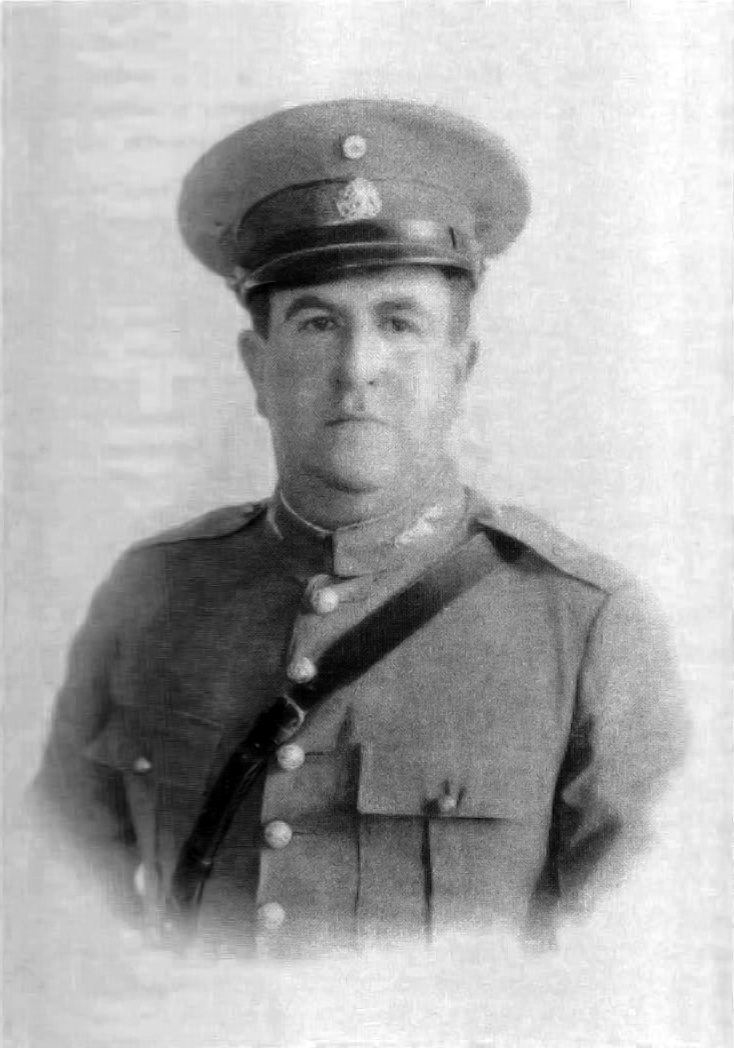
Manuel Ávila was born in Teziutlán, a small but economically important town in Puebla, to middle-class parents, Manuel Ávila Castillo and Eufrosina Camacho Bello. His older brother Maximino Ávila Camacho was a more dominant personality. There were several other siblings, among them a sister, María Jovita Ávila Camacho, and several brothers. Two of his brothers, Maximino Ávila Camacho and Rafael Ávila Camacho, served as governors of Puebla. Manuel Ávila Camacho did not receive a university degree, although he studied at the National Preparatory School.
Military and early positions
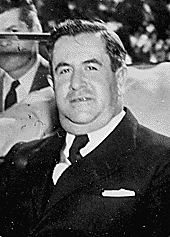
He joined the army in 1914 as a Second Lieutenant and reached the status of colonel by 1920. In the same year, he served as the Chief of Staff of the state of Michoacán under Lázaro Cárdenas and became his close friend. In 1929, he fought under General Cárdenas against the Escobar Rebellion and, that same year, achieved the rank of Brigadier General. He was married to Soledad Orozco García, who was born in Zapopan, Jalisco. Soledad Orozco was one of the Orozcos of the State of Jalisco. She was born in 1904 and died in 1996.
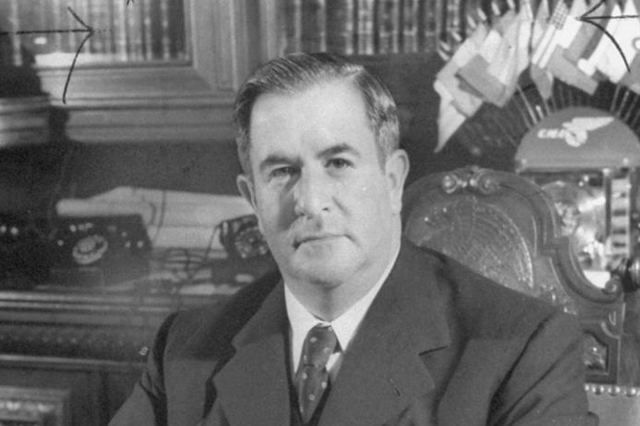
After his military service, Ávila entered the public arena in 1933–1934 as the Official Mayor of the Secretariat of National Defense, and became Secretary of National Defense in 1937. In 1940, he was elected president of Mexico, after being appointed to represent the party which became the Institutional Revolutionary Party. Ávila Camacho won the controversial presidential election over right-wing candidate and revolutionary-era General Juan Andreu Almazán.
Church-State conflict ends
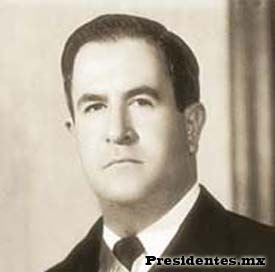
Ávila Camacho was a professed Catholic, saying "I am a believer". Post-revolution presidents until 1940 were anticlerical. During Ávila Camacho's term, the conflict between the Roman Catholic Church in Mexico and the Mexican state largely ended.
Domestic Policy
Domestically, Ávila protected the working class, creating the Mexican Social Security Institute or IMSS in 1943. He worked to reduce illiteracy. He continued land reform and declared a rent freeze to benefit low-income citizens.
He promoted election reform, creating new requirements that made it impossible for communists to run. This was done by a new electoral law passed in 1946 that made it difficult for opposition parties of the far right and the far left to operate legally. The law established the following criteria that needed to be fulfilled by any political organization in order to be recognized as a political party:
He was also responsible on January 18, 1946 for renaming what had been the Party of the Mexican Revolution (PRM) to the name it carries today, the Institutional Revolutionary Party (PRI). The Mexican army had been a sector of the PRM; that sector was eliminated from the organization of the PRI.
Economically, he pursued the country's industrialization which only benefited a small group and income inequality increased. World War II stimulated Mexican industry and its industrial sector grew by approximately 10% annually between 1940 and 1945 and Mexican raw-materials fueled US war industry. In agriculture, his administration invited the Rockefeller Foundation to introduction Green Revolution technology, to bolster Mexico's agricultural productivity.
Foreign Policy
During his term, Ávila Camacho faced the difficulty of governing during World War II. After two of Mexico's ships (Potrero del Llano and Faja de Oro) carrying oil were destroyed by German submarines in the Gulf of Mexico, Ávila Camacho declared war against the Axis powers on 22 May 1942. During the war, 15,000 Mexican soldiers fought on a variety of fronts. Mexican participation in World War II was mainly limited to an Airborne squadron, the 201st (Escuadrón 201), to fight the Japanese in the Pacific. This squadron consisted of 300 men and after receiving training in Texas, was sent to the Philippines on 27 March 1945. On 7 June 1945, its missions started. By the end of the war, 5 Mexican soldiers had lost their lives in combat. But with its short participation in the war, Mexico belonged to the victorious nations and had thus gained the right to participate in the post-war international conferences.
Mexico's joining the conflict on the side of the Allies improved relations with the United States. Mexico provided both raw material for the conflict, and also 300,000 guest workers under the Bracero program, to replace some of the Americans who had left to fight in the war. Mexico also resumed diplomatic relations with the United Kingdom and Soviet Union, which had been broken off during the presidency of Lázaro Cárdenas. In 1945, Mexico signed the United Nations Charter and the following year became the headquarters of the Inter-American Conference about War and Peace.
Conflicts with the United States that existed in the decades before his presidential term, were resolved. Especially in the early years of World War II, Mexican-US relations were excellent. The United States provided Mexico with financial aid for improvements on the railway system and the construction of the Pan American Highway. Moreover, Mexican foreign debt was reduced.
Later years and death
When his term ended in 1946, Ávila Camacho retired to work on his farm. He died on 13 October 1955.
